🔥 Spice Up Your Life: 5 Must-Know Tips for Nailing Thai Hot and Spicy Soup
Welcome to the ultimate guide on mastering Thai hot and spicy soup! Whether you're a pro chef or a kitchen newbie with a love for chili, this blog is your golden ticket to flavor town. We’re spicing things up with some serious heat and even more seriously delicious insights.
🧭 Table of Contents
- Introduction
- Tip #1: Balance Is Everything (Even When You're Screaming)
- Tip #2: Know Your Chilies Like They’re Family Members
- Tip #3: Fish Sauce & Lime = Love at First Sip
- Tip #4: Aromatics Are the Real MVPs
- Tip #5: Customize It Like You're in Bangkok Street Market
- 🌶️ Deep Dive: The Evolution of Thai Hot and Spicy Soup
- Final Thoughts
Introduction
There’s something magical about Thai hot and spicy soup—it’s not just food; it’s an experience. Whether it's the iconic Tom Yum Goong, the fiery Tom Kha Gai, or street-style Guaytiew Reua (boat noodles soup), Thai soups are known for their perfect balance of sour, sweet, salty, and—of course—spicy flavors.
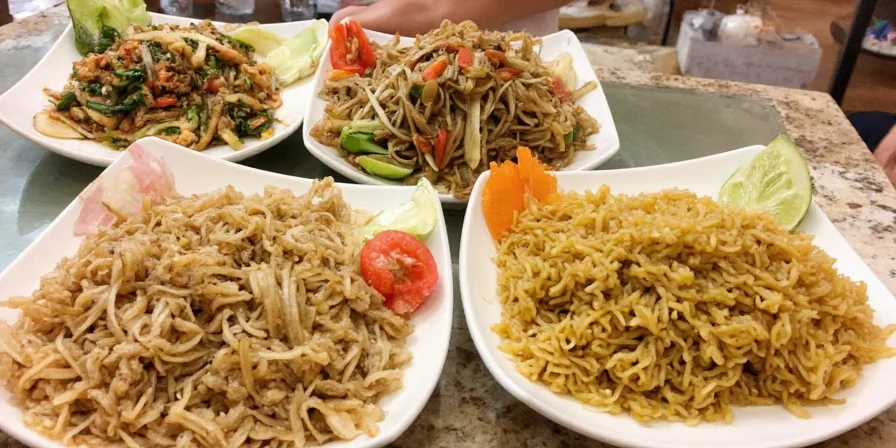
Tip #1: Balance Is Everything (Even When You're Screaming)
Spice lovers often fall into the trap of “more is better,” but real Thai cooking is all about harmony. If you go full scorcher without balancing it with sweetness or acidity, you risk turning your soup into a napalm zone for taste buds.
- Use palm sugar or coconut milk to tame the heat
- Lime juice brings back clarity after the burn
- Add a splash of tamarind paste for that tangy twist

Tip #2: Know Your Chilies Like They’re Family Members
Thai cuisine uses several types of chilies, each bringing its own character to the dish. Understanding them can help you tweak your spice level with precision:
| Chili Type | Scoville Units | Flavor Profile | Best For |
|---|---|---|---|
| Bird’s Eye Chili (Prik Kee Noo) | 50,000–100,000 | Sharp, fruity, aggressive | Classic curries and soups |
| Serrano Pepper | 10,000–23,000 | Mildly smoky, crisp | Street soups and garnishes |
| Red Fresno Chili | 2,500–10,000 | Earthy, slightly sweet | Milder versions or creamy broths |
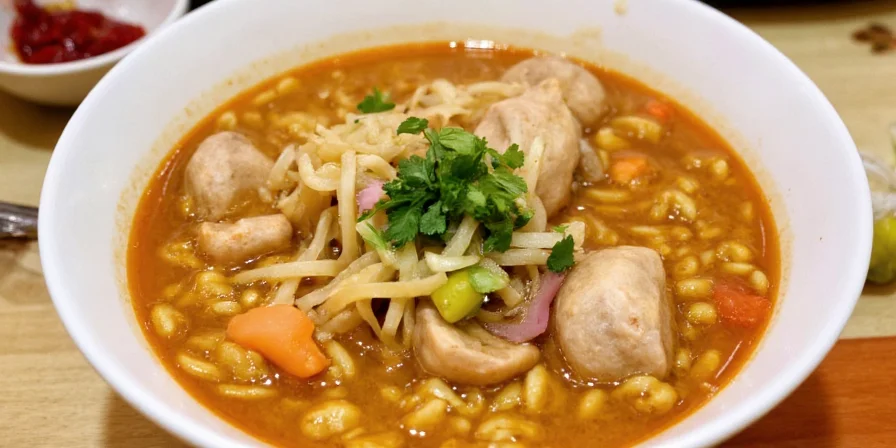
Tip #3: Fish Sauce & Lime = Love at First Sip
If chili is the punch, then fish sauce is the hug afterward. Never underestimate how much flavor these two ingredients bring to Thai hot and spicy soup. Use quality fish sauce and freshly squeezed lime juice for maximum impact.
- Start with 1–2 tablespoons of fish sauce per serving
- Add lime juice at the end to preserve freshness
- For a vegan option, use tamari or soy sauce + mushroom powder
Tip #4: Aromatics Are the Real MVPs
No matter how spicy your soup gets, the foundation always lies in its aromatics. Lemongrass, galangal, kaffir lime leaves, and shallots are essential for building depth and fragrance.
- Crush lemongrass stalks before adding to release oils
- Galangal should be sliced thin, not grated
- Kaffir lime leaves should be torn slightly before simmering
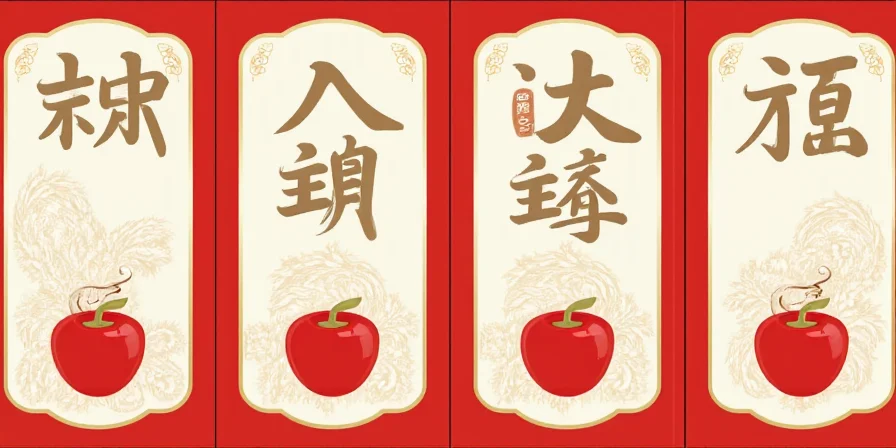
Tip #5: Customize It Like You're in Bangkok Street Market
One of the joys of Thai hot and spicy soup is how personal it can be. In Thailand, you’ll often find condiments like extra chilies, vinegar, and roasted chili paste on the table so diners can adjust the flavor themselves.
- Offer side bowls with chili oil, lime wedges, and pickled chilies
- Let guests add protein or tofu on top
- Provide fresh herbs like Thai basil and mint for a final flourish
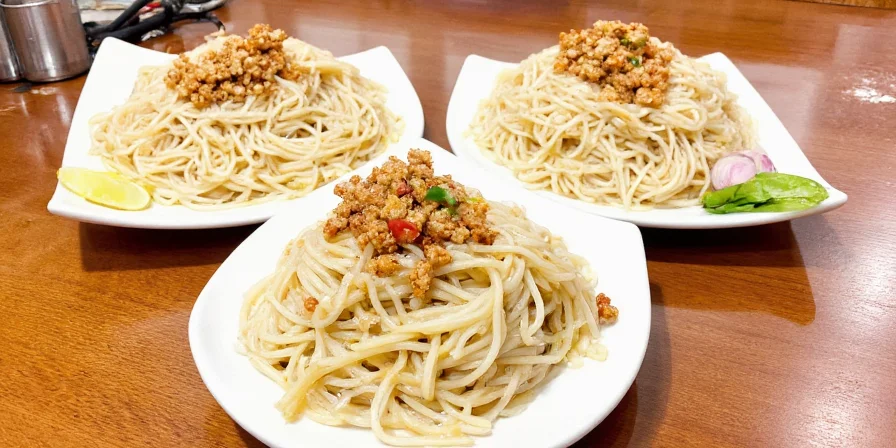
🌶️ Deep Dive: The Evolution of Thai Hot and Spicy Soup
Thai hot and spicy soup has roots that stretch back centuries, influenced by trade, migration, and cultural fusion. The arrival of chilies from the Americas in the 16th century revolutionized Southeast Asian cuisine, especially in Thailand.
Over time, regional variations developed:
- Central Thailand: Famous for clean, aromatic soups like Tom Yum
- Northern Thailand: Milder broths with bitter greens and fermented flavors
- Isaan (Northeast): Often uses grilled meats and incorporates more sticky rice
- Southern Thailand: Coconut milk-based and intensely spicy due to heavy use of curry pastes

Conclusion
Mastering Thai hot and spicy soup isn’t just about cranking up the heat. It’s about understanding balance, embracing tradition, and having fun with customization. With these five tips and a bit of culinary curiosity, you’re well on your way to creating restaurant-quality Thai soups in your own kitchen.
So next time you reach for those chilies, remember: it’s not just about making your mouth sweat—it’s about making your heart smile. And hey, if you cry while chopping? That’s just passion.
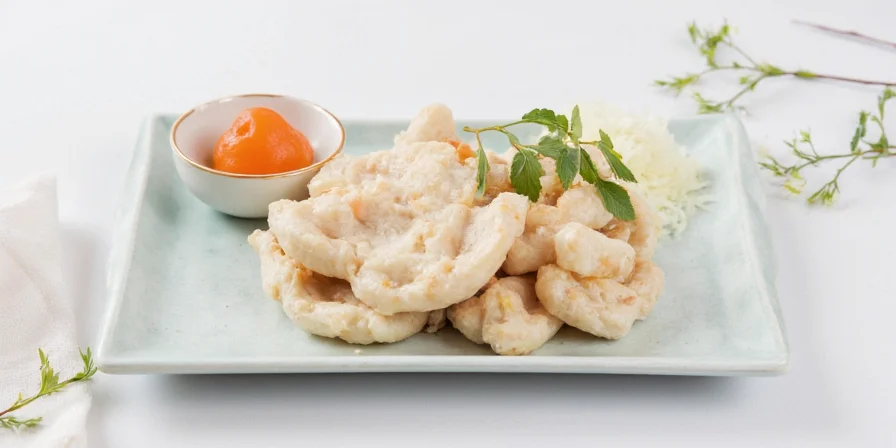











 浙公网安备
33010002000092号
浙公网安备
33010002000092号 浙B2-20120091-4
浙B2-20120091-4